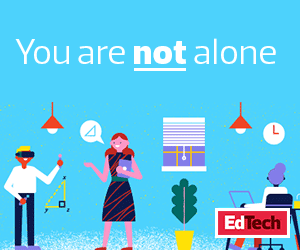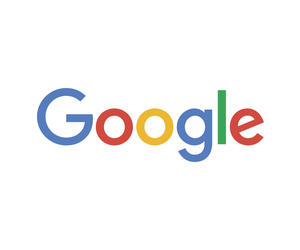Google Classroom, a core tool of Google for Education, offers a virtual educational space that supports interactive learning while reducing the classroom management burden on teachers. They can post assignments, communicate with students as a group or as individuals, deploy and grade quizzes and host video meetings for the class, all from a single consolidated platform.
“It makes it easy for the teacher to communicate with students,” says David Andrade, a senior education strategist for CDW.
“Instead of trading a million emails or just putting something on a website, you can post assignments, announcements and reminders, and it all goes directly to the students.”
Google Classroom “even has a built-in calendar, so with any assignment the due date automatically goes onto the class calendar,” Andrade says. “It’s simple for the teacher, and students don’t have to go looking for things.”
Classroom also incorporates a Guardian Summaries function through which parents sign up for daily or weekly automated emails summarizing their kids’ activities and progress. That means teachers don’t have to do extra work in order for the parents to keep up with what’s going in the classroom.
DISCOVER: Spark learning from anywhere, at anytime, on any budget with Google for Education.
Manage and Engage Students with Google Meet
The videoconferencing tool Google Meet helps simplify the administration of virtual learning. With privacy concerns always a front-burner issue, many schools can get bogged down trying to understand the privacy safeguards used by multiple video vendors.
For users of Google Classroom, the Meet tool also streamlines video engagements. “You can have a Google Meet link right at the top of the page. It’s all built in and integrated,” Andrade says.
With moderation controls, the teacher can determine who can enter a meeting and can control permissions for different users. The premium version offers attendance reports, giving the teacher an automatic report showing who’s logged in, when they joined, and how long they were logged in.
READ MORE: Learn about Google Meet's latest remote learning features.
Breakout rooms — a premium feature available with G Suite Enterprise for Education — empower group work, giving students a shared private space in which to collaborate while still within the Meet space. Teachers can drop in and out of student groups, and they can use breakout rooms for private meetings — the virtual equivalent of taking a student aside.













